Can Tampons Kill You? - Toxic Shock Syndrome by S. aureus

[Source of the Picture]
Can a tampon kill you?
The short answer is yes, but if we are truly interested in learning why, first we have to start with the basics.Note: The picture above was edited using photoshop CS6.
Human normal flora/Microbiota.
Perhaps many of you have heard that our skin and organism are covered in bacteria, or that the bite of a human being can be much more dangerous than that of an animal due to the large number of microorganisms that inhabit our oral cavity; both statements are completely true. When I was a teenager, my mother used to tell me all about the dangers of the human bite, maybe to prevent me from being aggressive, and to be honest, I did not completely believe it, to me, dogs looked much more "dirty".
From the moment of our birth our body comes into contact with everything that is present in the environment, including bacteria and fungi; the immune system must make us immune to these pathogens and it also has to learn to coexist with these microorganisms (including those that have been transferred from the mother to the fetus during pregnancy). It is called human microbiota or normal flora to all those commensal microbes that are distributed in our body, both in our skin and intestinal tract. [1]
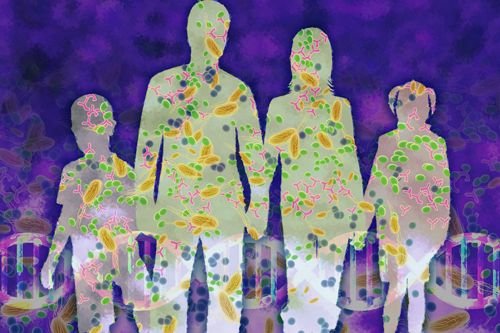
[Source of the Picture]
- Commensal is a term used to refer to any microorganism capable of obtaining nutrients and shelter from our body, but although it benefits from the host, the latter remains unaffected. In fact, in many cases they turn out to be beneficial, for example, the bacteria of the intestinal tract are able to produce vitamin K and some B complex vitamins [2]. The microbiota coexists in harmony (symbiosis) with the human organism and these bacteria are not eliminated by the immune system, in fact, via "colonization resistance", the microbiota acts as a barrier that makes it hard for pathogens to take a foothold in the organs that serve as habitats for commensal microbes [3].
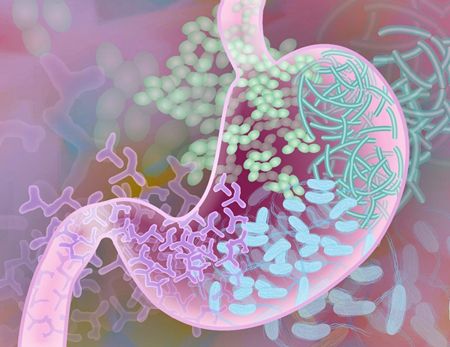
[Source of the Picture]
Although some bacteria can inhabit certain areas of the body as normal flora, when they move to other regions that are not their own, they are considered pathogenic and can cause serious damage. An example of this is E. Coli, bacteria that is normal flora of the intestinal tract. The E. Coli is the most common cause of cystitis (bladder infection) in girls due to the dragging feces into the urethra; that is to say, when moving the bacteria from the anus, its natural environment, to the vagina, a place where it does not have the means to survive for long (since it is not its natural environment), it causes damage [4].
Staphylococcus aureus.
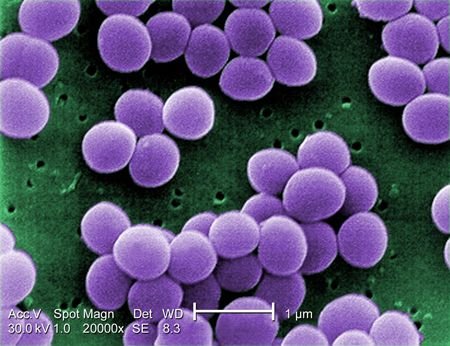
Staphylococcus aureus is a facultative anaerobic bacterium that receives its name due to its shape and grouping (staphylo meaning that it is grouped like a bunch of grapes and coccus due to its spherical appearance) [5]. It is normal flora on the skin, respiratory tract and also, it should be noted, the female vagina.
For a bacterium like S. aureus, which is vaginal and skin microbiota, to attack our organism, certain requirements have to be met. One of these is that the bacterium must be immersed in an environment that stimulates the excessive proliferation of the same, that is, its rapid growth and multiplication in standards that are considered abnormal; or in most cases, that it comes into contact with open wounds or areas that are not their natural habitat. [Patrick R. Murray, Ken S. Rosenthal, Michael A. Pfaller. Medical Microbiology, 8th Edition]
[Source of the Picture]
The Staphylococcus Aureus is able to synthesize multiple toxins to attack the organism, and one of them is the so-called "Toxic Shock Syndrome Toxin 1" or TSST-1.

Source of the Picture: [Kenneth J. Ryan, C. George Ray. Sherris Medical Microbiology, Sixth Edition]
TSST-1 is a superantigen that stimulates the excess proliferation of lymphocytes and the increased release of cytokines. Essentially TSST-1 binds to a region called CMH-II of the macrophages (phagocytic cells that destroy harmful organisms to protect the body, its name literally means big eater [6], as well as the Vβ portion of CD4 T lymphocytes (cells that contribute as "helpers / helpers" to the elimination of antigens/harmful organisms), thus stimulating the production of cytokines by both macrophages and lymphocytes. [Patrick R. Murray, Ken S. Rosenthal, Michael A. Pfaller. Medical Microbiology, 8th Edition]
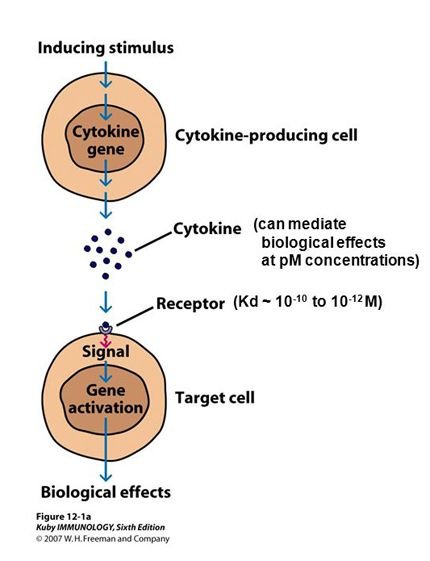
Cytokines are proteins capable of interacting with multiple cells, changing cellular behaviour that are important in a number of physiological processes, including reproduction, growth and development, and injury repair. The cytokines usually facilitate communication between cells, however, TSST-1 causes the lymphocytes and macrophages, main producers of cytokines, to produce them in an excessive way [7].
Macrophages increase the production of IL-β (Interleukin 1 beta), a pro-inflammatory and pyrogenic cytokine (induces fever). As well as TNF-α (Tumor necrosis factor alpha), cytokine with the same functions as the previous one but which is also widely involved in apoptosis (cell destruction) by increasing the activity of macrophages.
T lymphocytes stimulate the synthesis of IFNγ (Interferon gamma), capable of promoting the elimination of cells by stimulating the activity of macrophages and of certain cells called Natural Killer (NK), capable of lysing everything in their path; IL-2 (Interleukin 2), which also stimulates the activity of NK cells. And finally, TNF-β (Lymphotoxin alpha), involved in cell lysis like the two previous ones.[Patrick R. Murray, Ken S. Rosenthal, Michael A. Pfaller. Medical Microbiology, 8th Edition]
Source of the Picture: [Thomas J. Kindt, Barbara A. Osborne, Richard A. Goldsby. Kuby Immunology, Sixth Edition]
Why do tampons cause toxic shock syndrome?
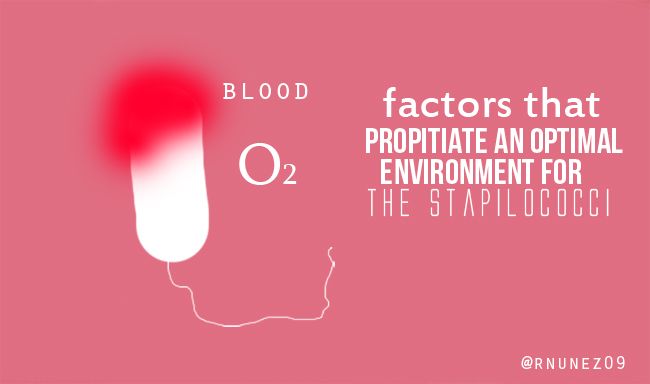
Note: The picture above was made using photoshop CS6, it is entirely original.
Toxic shock syndrome associated with tampons occurs due to the use of these products (especially extra absorbent ones) propitiate an optimal environment for the proliferation of staphylococci.
These bacteria grow best in environments with mostly blood and oxygen, of course, the tampons accumulate a large amount of blood inside and its absorption capacity allows a greater concentration of oxygen in the area, thus favoring the production of toxins such as TSST-1 (the more they absorb, the more easily staphylococci grow, that explains why extra absorbers are particularly dangerous). In addition, extra absorbent tampons can decrease the natural moisture of the vagina, causing abrasions and making the vagina more sensitive to ulcerations; wounds favor the entrance of bacteria to the damaged site and also the secretion of toxins by the bacteria [8], [9], [10].
When the release of TSST-1 is stimulated and the cytokine cascade increases, the toxic shock syndrome occurs. It must be noted that tampons are not harmful by themselves, it is the danger of having the bacteria produce TSST-1 due to the tampon facilitating its growth.
Toxic Shock Syndrome Symptoms:
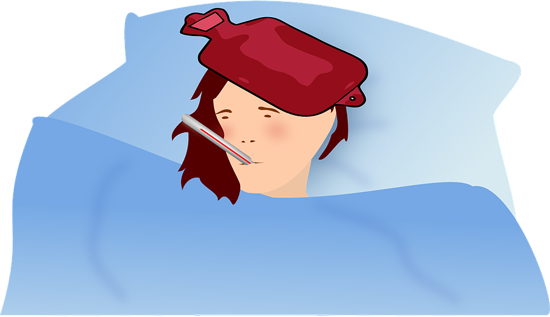
[Source of the Picture]
- High fever accompanied in some cases by chills (stimulated mainly by IL-1).
- Hypotension, that is, a decrease in blood pressure (associated mainly with the release of TNF-α and TNF-β).
- Vomiting, diarrhea, myalgias (headaches).
- Disorientation, alterations of consciousness. Seizures in severe cases.
- Multiple organ failure, mainly kidney and liver (caused by TNF).
- Reddish rash that is accompanied by peeling of the skin after one or two weeks, especially in the hands and feet.
- Redness of the eyes, mouth and throat.
- If it is not treated in time, it causes shock, that is, the organism stops receiving the blood it needs and this leads to death due to the lack of activity vital organs.
[Patrick R. Murray, Ken S. Rosenthal, Michael A. Pfaller. Medical Microbiology, 8th Edition]
[11], [12].
Being a foreigner (from Venezuela), it amazed me to see that in movies from the USA most women used tampons, especially since here almost every teenager and woman use pads. Out of pure curiosity I started to research about the benefits from one or the other and I came across toxic shock syndrome due to the use of tampons, I will admit that I was quick to warn my daughter about it.
Although reading all of this may scare some women off, toxic shock syndrome is actually not that common, but to keep everyone safe, here are some recommendations to prevent it:
- Store tampons away from heat and moisture (where bacteria can grow).
- Do not use extra absorbent tampons.
- Use pads when the flow is light.
- Wash your hands frequently, as S. aureus is normal skin flora and introducing fingers inside the vagina or near it can make it easier for the bacteria colonize ulcerations in the vagina. [12]
Sources of information:
[1] [2] [3] [4] [5] [6] [7] [8] [9] [10] [11] [12].
[Patrick R. Murray, Ken S. Rosenthal, Michael A. Pfaller. Medical Microbiology, 8th Edition]
[Kenneth J. Ryan, C. George Ray. Sherris Medical Microbiology, Sixth Edition]
This a great article. I've never encountered someone who has been diagnosed with TSS before, but maybe in the future, I will. Thank you for the comprehensive info!
Thank you so much! I'm glad this article was easy to understand, and seeing that you are a med student, I hope it can be helpful in the future. TSS is not really that common, but it was in the late 70's, and the more you know about it, the better.
Awesome! Good job in spreading this message, it's important for men to know the symptoms in order to recognise them if other women develop them.
Good job thanks a lot :D
Thank you! Indeed, we usually don't pay attention to "women's stuff" like pads or tampons, I have an only daughter and knowing about this danger makes me glad she doesn't use tampons.
Got something here. Thanks for the info!
Thank you for reading it!
Excelente artículo amigo. Nice!
Thank you!
Muchas gracias, me alegra que te gustara!
Sí, realmente este artículo aplica más para países en donde las mujeres utilizan en su mayoría tampones (como en los Estados Unidos), por eso lo publiqué en inglés, aunque de todas formas es bueno saber al respecto.
Tampons could kill.. I am definitely saving this link for my female friends to read about their health.
I am sure they will be grateful for sharing this with them.
Indeed, I'm glad this article caught your interest and I hope you spread the word. Deaths by toxic shock syndrome aren't common and lately tampons are safer, but it still happens, so to be safe it's better to read the preventions (like not using extra absorbent tampons or not leaving it inside for a whole day).
Congratulations @rnunez09! You have completed some achievement on Steemit and have been rewarded with new badge(s) :
Click on any badge to view your own Board of Honor on SteemitBoard.
To support your work, I also upvoted your post!
For more information about SteemitBoard, click here
If you no longer want to receive notifications, reply to this comment with the word
STOPGracias amigo por excelente información.Saludos..
esta información se me hace bastante valiosa, el uso de tamponex es común por comodidad dese mi punto de vista, pero no tenia idea de los peligros que se corren, quizás pudiera agregar como recomendación es cambiar el tampon regularmente, así no permitimos que las bacterias proliferen, al menos no tan rápido, muchas gracias por compartir
Excellent information my brother @rnunez09. Regards!.